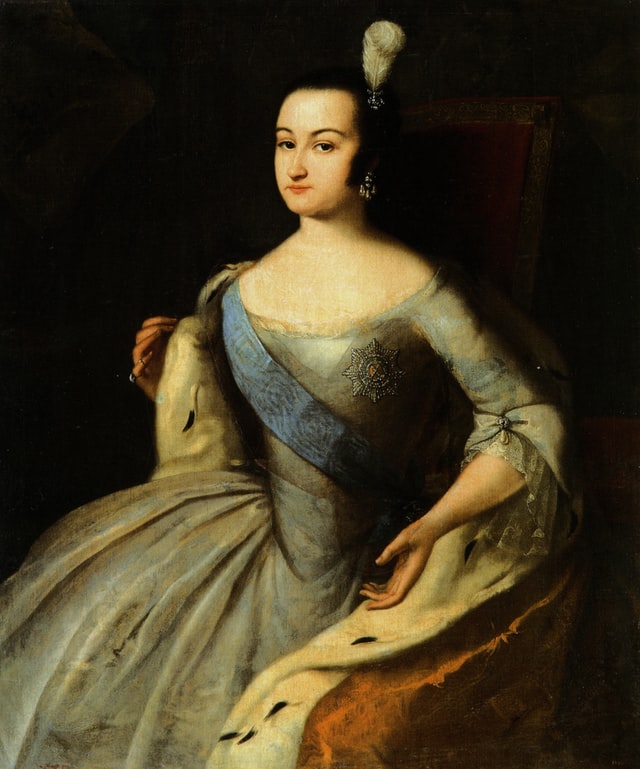For many readers of historical romance novels, the question of women's education has remained a burning one. Although novels like Jane Austen's Pride and Prejudice offer an idea of what women's education looked like in the 18th century, it's important to draw a clearer description of this concept.
What exactly did women's education look like in the 18th century? What perception surrounded the educated woman? Could the 18th-century woman become an essay writer or publish a book? What did they learn? Was it similar to that of the boys' or were there distinct differences?
Well, in this article, we will answer all these questions by discussing the concept of women's education in 18th century and the peculiarities surrounding it. Let's get down to brass tacks.
Attitudes Towards Women's Education in the 18th Century
Generally, opinions about women's education were centered around the perceived inferior role of women in the society. In 18th century England, women had little to no say in the affairs of society. They had no right to vote and this didn't change until the 19th century when the women's suffrage movement started.
Similarly, women were not allowed to own properties or go out of the house without a chaperone for fear of being labeled as prostitutes or "unchaste". Rather, they were confined to the home to focus on more "fitting" issues such as knitting, sewing or childbearing.
Scientists in the 18th century also discovered that the brain of an average man weighed about 140 grams more than a woman and this formed a general opinion that women were intellectually inferior to their male counterparts.
The combination of all of these opinions and factors made women's education seem laughable and irrelevant. Since the average aristocratic girl was being groomed for marriage, there was no need to waste time learning "complex" concepts such as Algebra or advanced literature.
In fact, too much education was seen as a dangerous thing for womenfolk, and girls were advised to keep their intelligence to the barest minimum around gentlemen. However, aristocrats and ordinary members of society were not the only ones who held these patriarchal and misogynistic opinions. Church leaders further fuelled and pushed this narrative.
According to the Church, advanced levels of education for women went against the teachings of the Bible as it could undermine their attachment to the home which was their sole duty. As such, women weren't allowed to have high academic aspirations -only "feminine" ones.
What Did This Mean for Women?
The focus of 18th-century education for young aristocratic women was centered around making them marriageable and appealing to prospective suitors. Usually, young girls were sent to be tutored by a French or English governess. Their education involved basic reading and writing skills and more importantly, feminine activities such as needlework and dancing.
They learned how to play the pianoforte - not enough to become professional composers but just enough to dazzle prospective suitors and enchant ball guests. They also learned basic etiquette and comportment habits such as sitting and eating properly or welcoming guests. Any other form of education outside these "safe walls" were considered too much for a woman's fragile brain.
Consequently, a large number of women were stuck in loveless marriages with practical strangers, having nothing else to entertain themselves with than needlework and mindless gossip.
How the Educated Woman Was Viewed
Since advanced education was practically a taboo for the womenfolk, how did society perceive women who broke through the glass ceilings to further their education? Well, your guess is as good as ours.
Women who strived to get the same level of education as their male counterparts were seen as too manly and unmarriageable. They often ended up as spinsters with no prospects and no friends.
Although they weren't outrightly banned from society and social gatherings, they were some sort of pariahs. Young girls were too scared to befriend them since associating with them would mean being tainted with the same brush of undesirability. In the same vein, men wanted nothing to do with them as they felt threatened by their level of education and knowledge.
As such, the fear of being a social outcast stuck in perpetual spinsterhood further discouraged women from developing any interest in standard or advanced education.
Final Thoughts
As people living in the 21st century, reading about female education in the 18th century may be provoking and appalling. However, it is important to note that society has come a long way since then. However, in the early 19th century, a slow but effective education reform began. This reform was fuelled by the realization that since women were the first, primary educators of children, it was important for them to get a solid education as well.
Slowly but surely, women were finally able to get advanced education without prejudice or stigma from the society. Welcome to the 21st century.
Author's Bio
Jenn Stiller is a part-time essay writer at HandMadeWriting with a passion for education and learning. As such, she has channeled most of her time and energy into delivering well-written academic essays and term papers for students who may be struggling with their academic performance.



